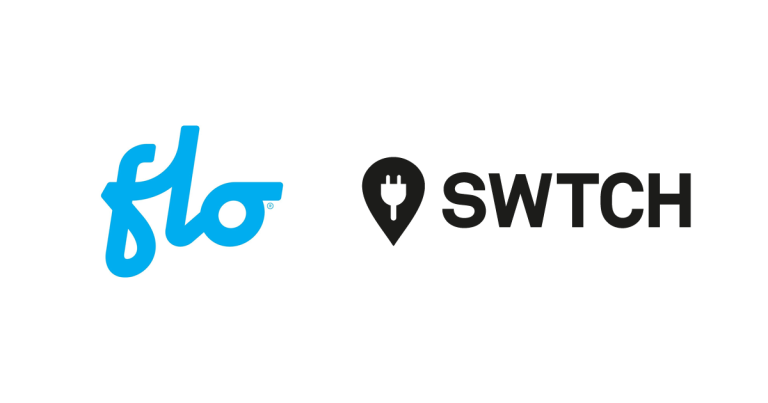Containerized Power Equipment for Temporary Facilities

April 30, 2020
ASCO Technologies’ last Tech Brief indicated that power outages remain an operational condition that will affect temporary facilities as they affect any other facility. Because of the present interest, they wanted to describe common options for getting backup power equipment onsite to mitigate outages at temporary facilities.
At the heart of a backup power system is a transfer switch that connects load to an alternate power source, which will presumably be a generator. Options for housing these include the following.
Option 1: Placing Equipment Outside of a Structure
Critical power equipment such as a transfer switch can be installed on a hard surface or even on skids if sited temporarily. If used, this configuration would most likely be used with a tent-based solution. Note that this approach requires protecting the unit from weather and unauthorized access, and, if vehicles could be present, from accidental vehicular contact.
Providing two of these protections is a matter of selecting an appropriate enclosure. Specifying a UL50 or NEMA 250 Type 3R enclosure with door-over-door construction can provide weather and access protections. For more information, see our white papers entitled Equipment Enclosure Classifications and Selecting Secure Enclosures. For protection from vehicles, parking bollards can be installed.
Option 2: Placing Equipment in a Shed or Shipping Container
Critical power equipment can be placed within a shelter, a shed, or a shipping container. This can provide the three types of security referenced above. While the equipment can be installed into the structure after it is delivered to the site, deployment efficiency may be improved by installing the equipment off-site prior to delivery, particularly where multiple units will be needed.
Option 3: Pre-Installing Equipment in Modular Structures
A third option is to install prefabricated building modules pre-fitted with power equipment. In this instance, the critical power equipment is installed together with the remainder of the power distribution system, which uses the same design in successive units. The transfer switch can be located in a compartment or room with other electrical gear. This video at Businesswire gives a sense of the scalability of modular options.
Advantages of Prefabricated Containerized Equipment
Constructing facilities utilizing containerized equipment offers the following potential advantages:
- Installing all electrical equipment onsite can require more labor at the site. Prefabricating the equipment at an off-site workspace can be more efficient. It can also reduce the amount of onsite personnel, which can make for a safer construction environment and help maintain the social distancing practices now needed.
- In some regions, finding qualified installers can be hard. Reducing onsite labor requirements can reduce problems encountered in tight construction labor markets.
- After a site is prepared, prefabricated units can be dropped on-site and then quickly connected to power feeds and control systems. Because they are pre-tested, constructors receive functional equipment that streamlines on-site commissioning and testing.
- Should further expansion become necessary, standardized designs in modular units streamline deployment and connection of additional modules to the temporary facility.
Prefabricating electrical equipment in containers is a practice that’s been around for many years. The current build-out of temporary medical facilities has made it especially relevant now.
Go HERE for more information
















